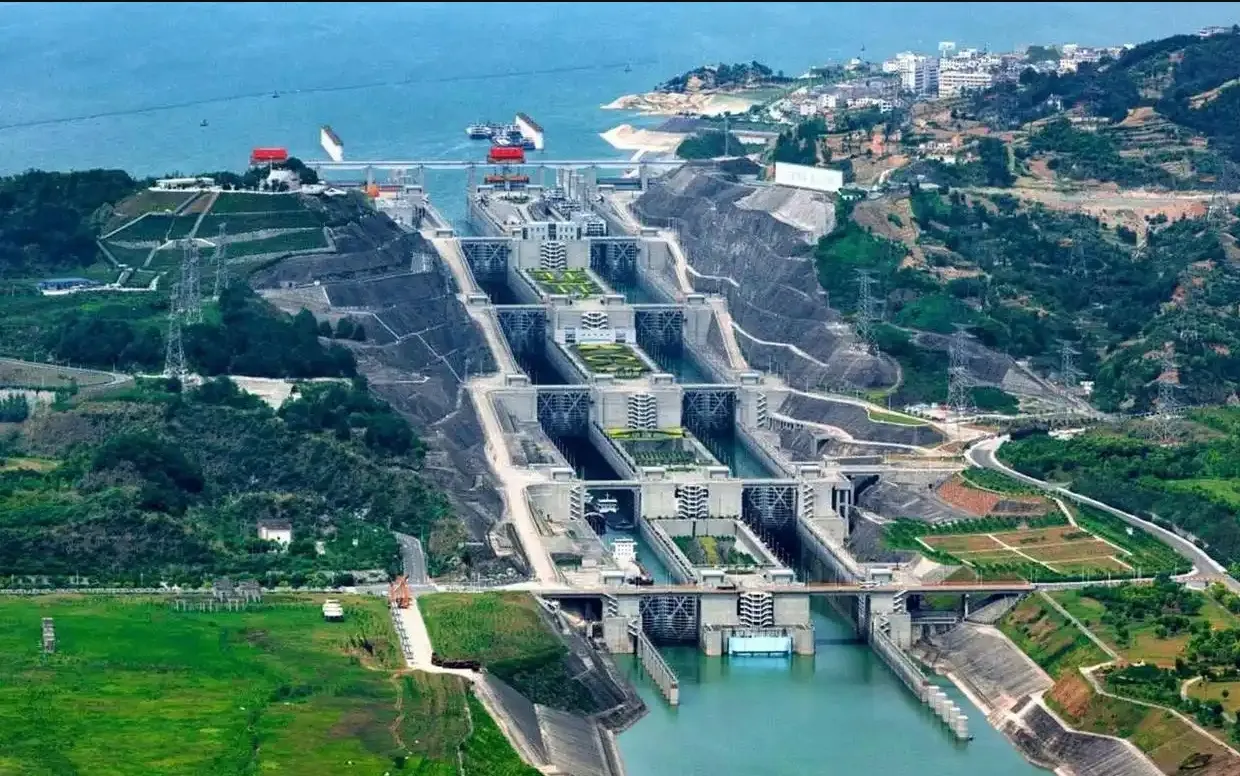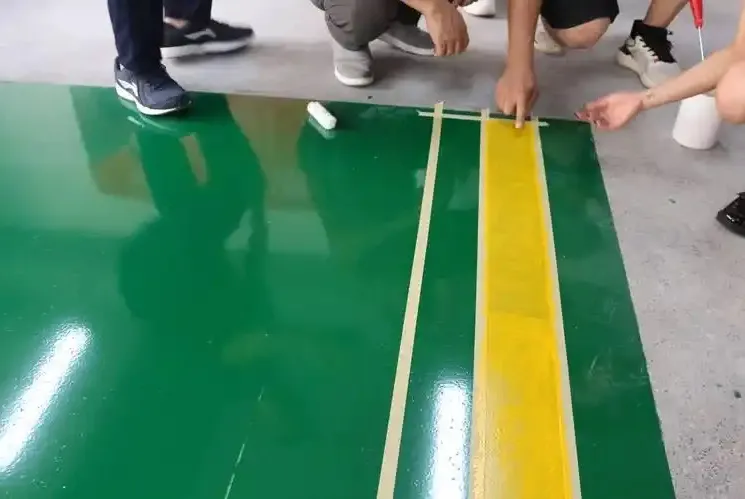
Characteristics and Applications of Polycarboxylate Superplasticizers
◆ Multifunctionality and Classification
Polycarboxylate superplasticizers, as high-performance water reducers, play a vital role in cement concrete engineering. Widely used in highways, bridges, dams, tunnels, and high-rise buildings, their unique backbone structure enables diverse product variations. These superplasticizers are formed by grafting polyether side chains onto backbones of acrylic acid, methacrylic acid, or maleic anhydride, creating products that fall into two main categories: those with acrylic/methacrylic acid backbones and varying polyether side chains, and those with maleic anhydride backbones with different polyether side chains. This diversity significantly expands their application scope in concrete engineering.
◆ Superior Performance and Environmental Benefits
First successfully developed in Japan in the early 1980s, polycarboxylate superplasticizers revolutionized concrete technology. Compared to traditional water reducers, this new generation offers numerous advantages: low dosage requirements, excellent slump retention, reduced concrete shrinkage, and highly adjustable molecular structures that enable performance optimization. Notably, their production process is formaldehyde-free, making them environmentally superior. Japan's pioneering research achieved high dispersibility and low shrinkage without formaldehyde use.
◆ Market Applications and Statistics
As naphthalene-based superplasticizers increasingly fail to meet engineering demands due to technical limitations, polycarboxylate superplasticizers have become the preferred choice. Their molecular design follows cement dispersion mechanisms, providing super-dispersing properties that prevent slump loss without causing significant retardation. In Japan, they account for over 80% of all high-performance admixtures; in North America and Europe, this exceeds 50%. Major projects like the Three Gorges Dam have adopted them as the dominant solution.

◆ Construction Advantages and Technical Features
In China, polycarboxylate superplasticizers have been successfully applied in landmark projects including the Three Gorges Dam, Sutong Bridge, Tianwan Nuclear Power Plant, and Beijing-Shanghai High-Speed Railway, delivering remarkable results.
Key benefits include:
Water reduction rates of 18-40%, enhancing concrete performance and workability while significantly reducing cement usage and improving construction efficiency
Minimal slump loss over extended periods with excellent compatibility across cement types
Early strength improvements of 40-100% and later strength gains of 30-60% with proper dosage, enabling reduced cement content or increased mineral admixtures for cost savings
Controlled air content that optimizes workability, reduces bleeding, and improves appearance and durability - particularly suitable for fair-faced concrete
Ultra-low alkali and chloride ion content that prevents steel corrosion without negative concrete impacts
Convenient low-temperature application without salt precipitation or crystallization
20% lower shrinkage compared to naphthalene-based alternatives, reducing crack formation

◆ Current Challenges and Future Improvements
Despite these advantages, polycarboxylate superplasticizers face several challenges compared to concrete anti-freeze waterproofing alloy powders:
Performance limitations at high temperatures and temperature sensitivity
Viscosity issues and aggregate quality impacts requiring functional product development
Significant seasonal variation in slump retention performance
Limited specialized products for:
Ultra-high/long-distance pumping
Sub-zero temperature construction
Ultra-early strength concrete
High-durability concrete
Excessive viscosity in high-admixture, low-water/binder ratio mixes hindering workability
Significant sensitivity to clay content in aggregates requiring strict control
Poor compatibility with manufactured sand and dosage sensitivity potentially affecting construction progress and quality
These challenges - particularly high-temperature performance limitations, temperature sensitivity, viscosity management, and aggregate compatibility - represent critical areas for future improvement in polycarboxylate superplasticizer technology.
Add: Block 14, No.100, Luyun Road, Changsha 410205, Hunan, China.
Tel: +86-731-82294958
Email: info@arshinechem.com
WhatsApp: 8618874001228